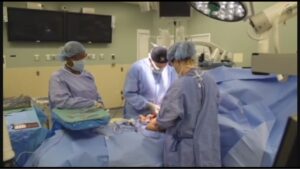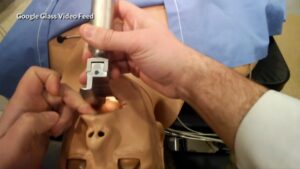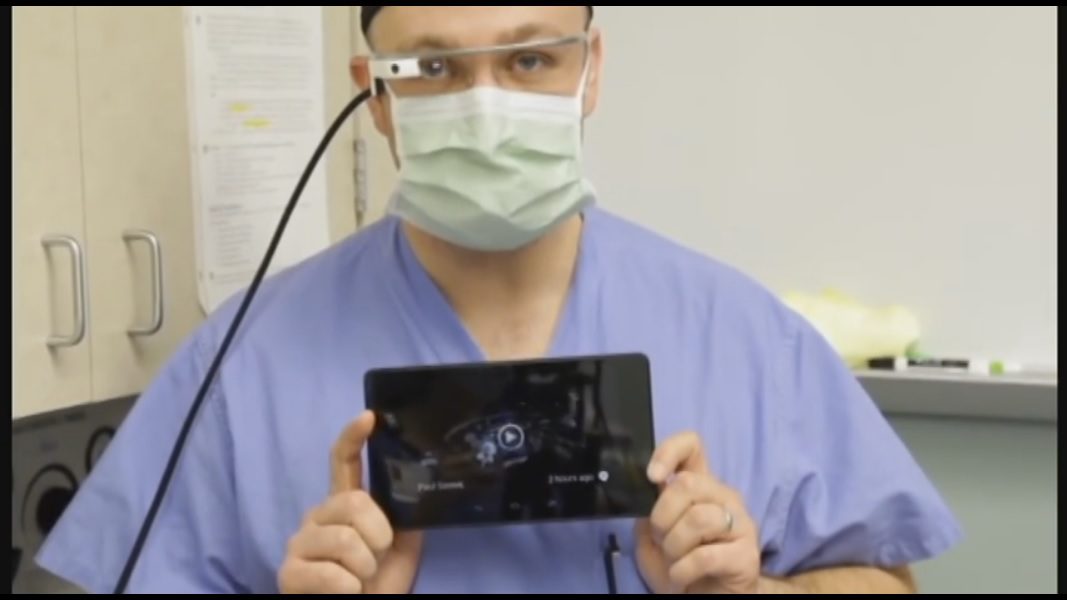Mativision isn’t the only one turning VR’s focus to the advancement of the medical field. Earlier this year, Dr. Paul Szotek of Indianapolis, Indiana performed a routine procedure for a colleague on the other side of the world. Using Google Glass, Szotek used the experiment as a test to compare live streaming in virtual reality to a more traditional 2D view. In other words, to check if VR surgery simulations were viable. The results? Not only was Dr. Hugh MacGregor of Brisbane, Australia able to watch the surgery essentially through Szotek’s eyes, he also recorded it, took pictures, and added annotations. The platform they used, which comes to us from AMA EXPERTEYE, Inc., is helping VR surgery demonstrations become better. But what are the implications here?

Keeping Lag from Being a Problem
MacGregor reported that the lag the doctors experienced came out to less than a second. This is despite the distance between them as well as the existing issues with Australia’s bandwidth. While MacGregor said that the problems would be contained as soon as the country installs fiber optic internet, the results are still impressive. In a field like surgery, where every grueling second counts, it is important for everyone involved to be on the same page. In the future, this means a strong, secure internet connection for participants.
Finding a Better Way to Record
Watching a surgery via VR comes with advantages. These includes being able to stand directly in the place of the surgeon, and being able to study the practice without being in the way of it. While this is great, the potential of the technology is held back by the camera quality. VR surgery simulations should be better than the naked eye, but the digital imaging isn’t perfect yet. Szotek wants to be able to prevent whiteouts when the camera interacts with light at a certain angle, as well as include zooming features.
Changing How Surgeries are Performed
With apologies to the hospitality industry, with virtual reality, doctors and surgeons might be able to attend conferences virtually in the future. With this comes a number of implications. It might mean reducing carbon footprints from travel or making things cheaper for physicians. On the other hand, one might worry that removing that chance to connect with colleagues could make the process more impersonal.
Conferences aside, what Szotek ultimately wants is for surgeons to be able to connect with each other when they run into difficulty in the operating room. This would be an amazing advance in the field. Imagine a specialist in India walking another surgeon in California through a non-standard yet dangerous procedure using VR. The specialist doesn’t have to be flown in, wasting precious hours. Instead, it would be like he was in the OR.
The Tech is Still Young

There is still a long way to go as far as technology, hardware, and safety. But the potential is there for VR to make a huge impact on the medical world.












[…] enhanced by the presence of a personal trainer engaged via TV or computer. If surgeons are able to remotely oversee surgeries through VR now, then we can believe it. Being able to exercise like you’re at the gym despite not leaving […]